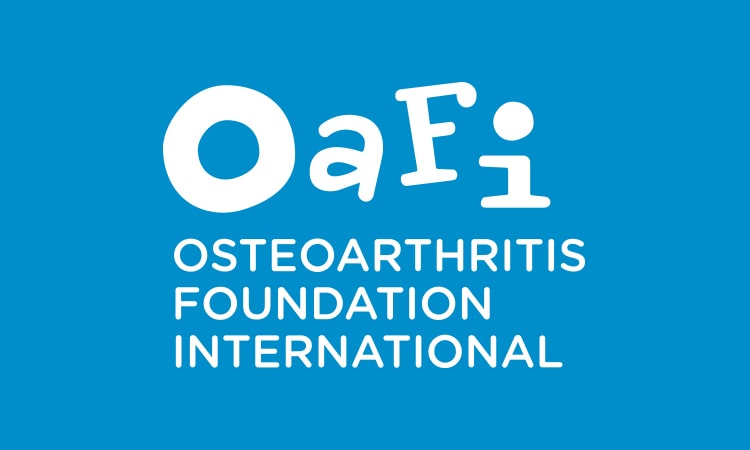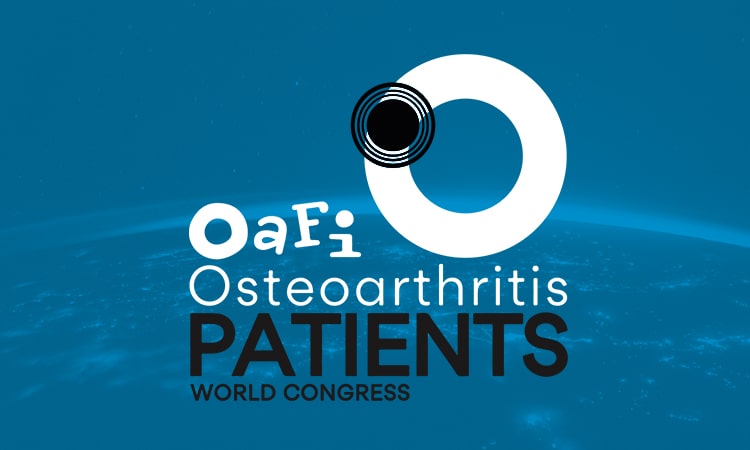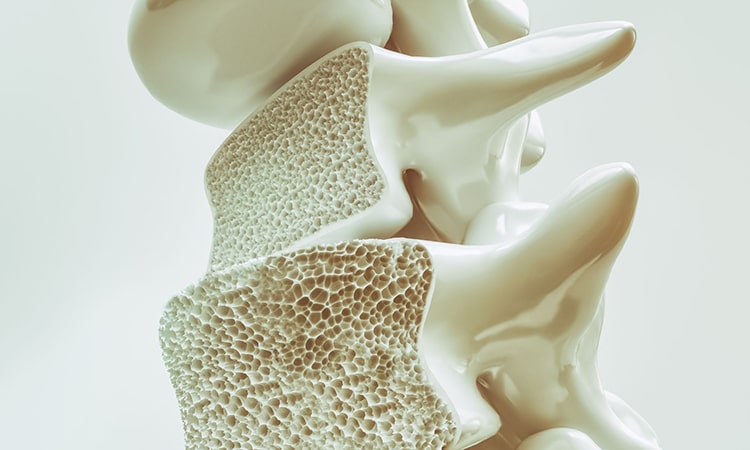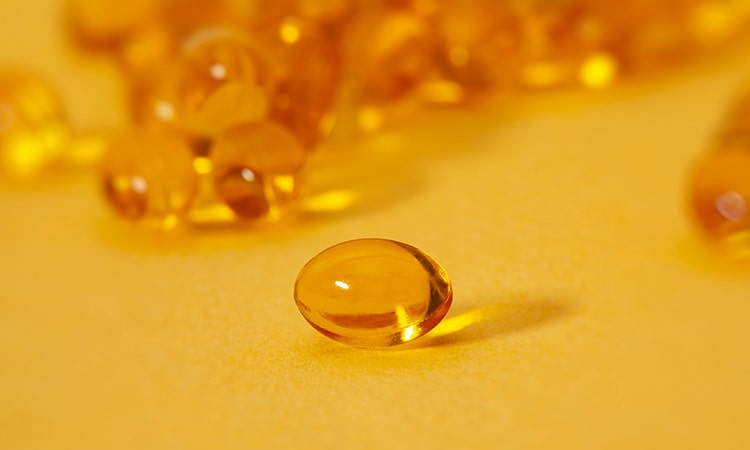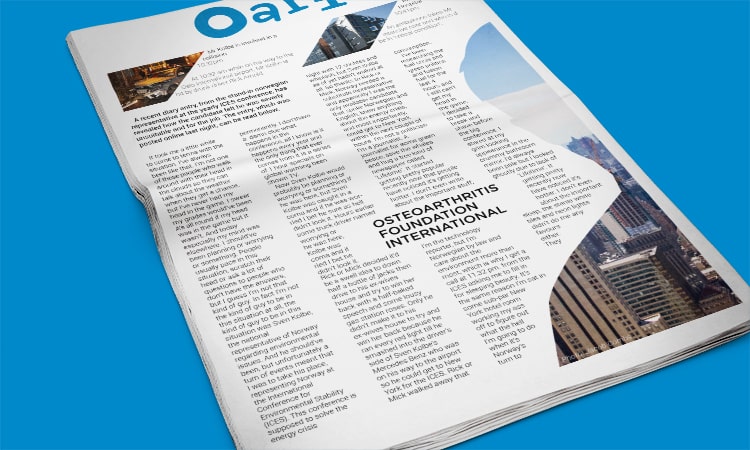- Foundation
- Actions
- Osteoarthritis
- Osteoporosis
- Actuality
- OAFI Radio/TV
- Get Involved
- Contact
-
-
-
OAFI
Osteoarthritis International FoundationC/ Tuset, 19 · 3º 2ª
08006 Barcelona
(+34) 931 594 015
info@oafifoundation.comSchedule:
Monday-Thursday 9AM-6PM
Friday 8AM-3PM
-
-
-

-

-

Female Athlete Triad (FAT): an imbalance between sport and health

Article by José Luís Baquero, CSR, RI and Access Coordinator, OAFI Foundation, and Alejandro Baquero Zazo, Marta García Manrique, Ángel González de la Flor, Nina Martínez Fernández, Jose Luis Neyro Bilbao and Josep Vergés Milano.
Article published in The New Medical Economics in October 2025
The ‘female athlete triad’ (FAT), a term coined in 1992 by the American College of Sports Medicine (ACSM), is a clinical syndrome that mainly affects female athletes who are subjected to high physical demands and performance, especially in sports disciplines that involve rigorous weight control, such as artistic gymnastics and long-distance running, among others.
FAT refers to three interrelated components that play a key role in its origin, namely: 1) inadequate energy balance (with or without eating disorders); 2) hormonal imbalance or menstrual dysfunction; and 3) its impact on bone health, creating a vicious cycle of feedback between the three factors.
The three factors of FAT:
- Low energy and nutritional intake, which may be due to insufficient calorie intake to cover the energy expenditure of exercise; such as extreme weight-loss diets with excessive or poorly balanced calorie restriction; or various manifestations of eating disorders (EDs) such as anorexia or bulimia, sometimes induced by weight demands.
- Menstrual cycle dysfunction, with irregular periods or even absence of periods (amenorrhoea). In fact, nutritional deficiencies caused by a diet low in calories and fats, combined with intense exercise and the stress of competition, produce hormonal changes that lead to alterations in the menstrual cycle, with periods lasting as long as years or even disappearing altogether.
- Low bone density, resulting from long periods without oestrogen due to amenorrhoea, posing a risk from stages of low bone mass or even osteoporosis, resulting from oestrogen deficiency and inadequate nutritional intake in terms of quantity and quality, with a possible lack of certain components such as minerals, vitamin D, proteins, etc.; all of which causes the bones to deteriorate in structure and become demineralised and, overall, weakened, increasing the risk of fragility and/or stress fractures due to low-intensity impacts.
Peak bone mass is normally reached around the age of 25–30, but in these circumstances, it may not reach genetically induced levels. In these circumstances, osteoporosis will be ‘early’; and if other risk factors are also present, such as certain concomitant diseases, such as type 1 diabetes, coeliac disease or eating disorders; use of certain medications such as corticosteroids and heparin, smoking, or high consumption of alcohol or coffee, among others, the issue becomes even more complicated.
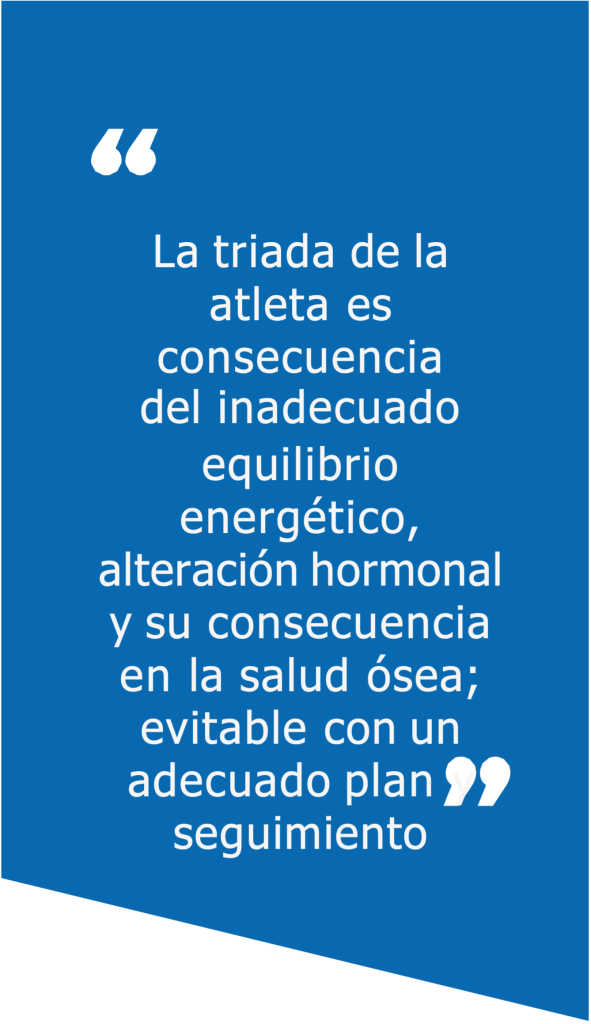
FAT: A silent process and its evolution
Being a silent process, the progression of the triad (FAT) is not usually noticed until complications arise: fragility fractures, mainly in the feet, ankles or knees and, more rarely, the hips; ligament injuries such as anterior cruciate ligament tears, with a risk up to eight times higher in women than in men (depending on the sport, age and level of competition, among other factors); as well as other injuries such as plantar fasciitis; pain and dysfunction in the extremities; pain in the genital, rectal or gluteal areas; urinary dysfunction and inability to retain urine; and even infertility. Furthermore, in the medium to long term, it will have a negative impact on athletic performance and overall health.
Prevention must undoubtedly be a priority, with an adequate plan and follow-up, which involves education from a very young age; multidirectional training for athletes, technical staff, parents and health professionals involved in the risk factors of FAT, its prevention and treatment.
It is essential to understand the phases of each athlete’s menstrual cycle and adapt their training rhythms accordingly, with regular and frequent monitoring of risk factors, the menstrual cycle itself and bone health (there are validated, safe, low-cost and rapid screening methods such as ultrasonic calcaneal densitometry); Restrictive diets should be limited and only directed by professionals in the field, ensuring adequate nutrient intake and sufficient calories to cover energy expenditure.
Also, provide emotional support, especially if there are signs of eating disorders or extreme stress; avoid training while injured, ill, or excessively tired, emphasising physical and mental recovery as part of the training plan itself; and intervene early when any of the above signs appear, with a multidisciplinary professional approach involving the athlete, coach, doctor, nutritionist, and psychologist, among others.

Good habits to avoid FAT
It is advisable to promote healthy habits from an early age, including diet, exercise, rest, etc., and a sporting culture that values physical and mental well-being, not just results and performance. Avoid aesthetic fads and promote a healthy body image, with eating habits balanced with the specific needs of young women, remembering that amenorrhea does not only occur among elite or high-performance athletes.
Likewise, during childhood, it is advisable to broaden social relationships beyond the sporting arena and thus moderate the competitive spirit. Prevention, education and support are key factors in avoiding FAT and maintaining sport as a healthy activity. An environment of trust must be created where athletes can express their concerns and habits and raise the alarm if they notice any signs in their body or mental health.
Physiotherapy plays a fundamental role in the comprehensive approach to FAT, both in the prevention and recovery of related musculoskeletal injuries. Physiotherapists are involved in managing training loads, adjusting the intensity, frequency and volume of exercise to the different phases of each athlete’s menstrual cycle, in order to avoid overtraining and reduce the risk of bone stress injuries.
In addition, individualised therapeutic exercise programmes are designed to strengthen muscles, improve motor control and optimise bone health through progressive impact and muscle strength exercises. Physiotherapy also promotes active recovery strategies, manual techniques and education in self-care habits, working as part of a multidisciplinary team alongside doctors, physical trainers, nutritionists and psychologists. In this way, it helps to restore balance, reduce the risk of fractures and improve the athlete’s long-term health.
The nutritional point of view
From a nutritional point of view, it is necessary to make an accurate assessment of the athlete’s calorie expenditure and compare it with their intake by carrying out a complete dietary history. This will allow us to assess the energy deficit and establish an individualised diet that includes the appropriate macro and micronutrient composition for the athlete and their sport.
This diet should not only correct nutritional deficiencies, but also achieve long-term adaptation, aimed at maintaining the appropriate weight by incorporating proteins (1.2-1.6 g/kg of weight) and essential nutrients (calcium, vitamin D, vitamin K, B vitamins, iron, zinc) adjusted to needs, thus avoiding future deficits. The need for supplementation will also be assessed, especially if significant deficiencies are identified.
At OAFI, we continue to work to improve the approach to and quality of life for all people suffering from osteoarticular conditions, like the athletes.
You can contact us at c/ Tuset, 19, 3rd floor, door 2, in Barcelona, or by telephone on 931 594 015; by email at info@oafifoundation.com; or visit our website at www.oafifoundation.com
We invite you to join us in OAFI’s Community, to stay up to date on joint health and participate.
Article by José Luís Baquero, CSR, RI and Access Coordinator, OAFI Foundation, and Alejandro Baquero Zazo, Marta García Manrique, Ángel González de la Flor, Nina Martínez Fernández, Jose Luis Neyro Bilbao and Josep Vergés Milano.
Article published in The New Medical Economics in October 2025
